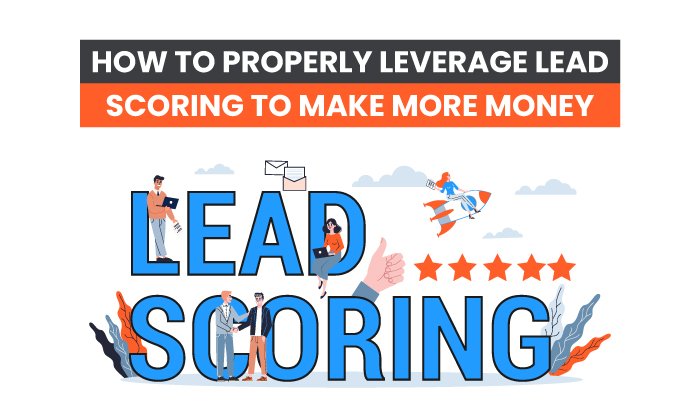9 Marketing Automation Best Practices

By esantiago@hubspot.com (Erica Santiago)
As a marketer, you know that time is valuable. Therefore, you likely know marketing automation helps save time by relieving you of tedious analytical and marketing tasks. But in order to reap its benefits, you must follow marketing automation best practices.
Fortunately, I put together nine marketing automation best practices that will keep your company on track to meet its marketing goals, generate leads, and increase revenue.
Marketing Automation Best Practices
Keep marketing analysis and lead scoring simple.
Effectively capture leads by limiting distractions and avoiding lengthy processes.
Make sure your marketing automation system integrates well with your CRM.
1. Keep marketing analysis and lead scoring simple.
Having a lead scoring system that’s too complicated and extensive, you have a problem. You don’t want to rely on a team of interns just to pull all of the information together in Excel.
Keep everything simple so that you can create a clear foundation for performance expectations — one that can be adjusted based on feedback later down the line. Having a simple and streamlined process is key to optimizing marketing campaigns as close to real time as possible.
If you are running your marketing analysis like a big ship that takes forever to turn, then you’re going to miss out on incremental opportunities.
2. Map your lead flow.
Mapping your lead flow is the key to creating a simple process that doesn’t require a large team to manage.. Have a clear path to converting website visitors to leads that will boost your company’s revenue. Create a flow that is simple, includes all the right trigger points that affect lead routing, and is used by everyone who visits your website.
3. Know the buyer’s journey.
For your marketing automation tools to be effective, you first have to know your target audience’s buyer’s journey. What kind of questions are they asking? What online avenues are they using in the awareness, consideration, and decision stages? And how can you deliver effective marketing at every stage? Once you answer these questions, you’ll be able to map out a workflow that delights at every stage.
4. Create buyer personas.
Create buyer personas to ensure you’re reaching your target audience. Buyer personas are imaginary profiles of your typical customer base.
Buyer personas help you analyze the demographics, challenges, needs, and interests of your customers. …read more
Source:: HubSpot Blog









